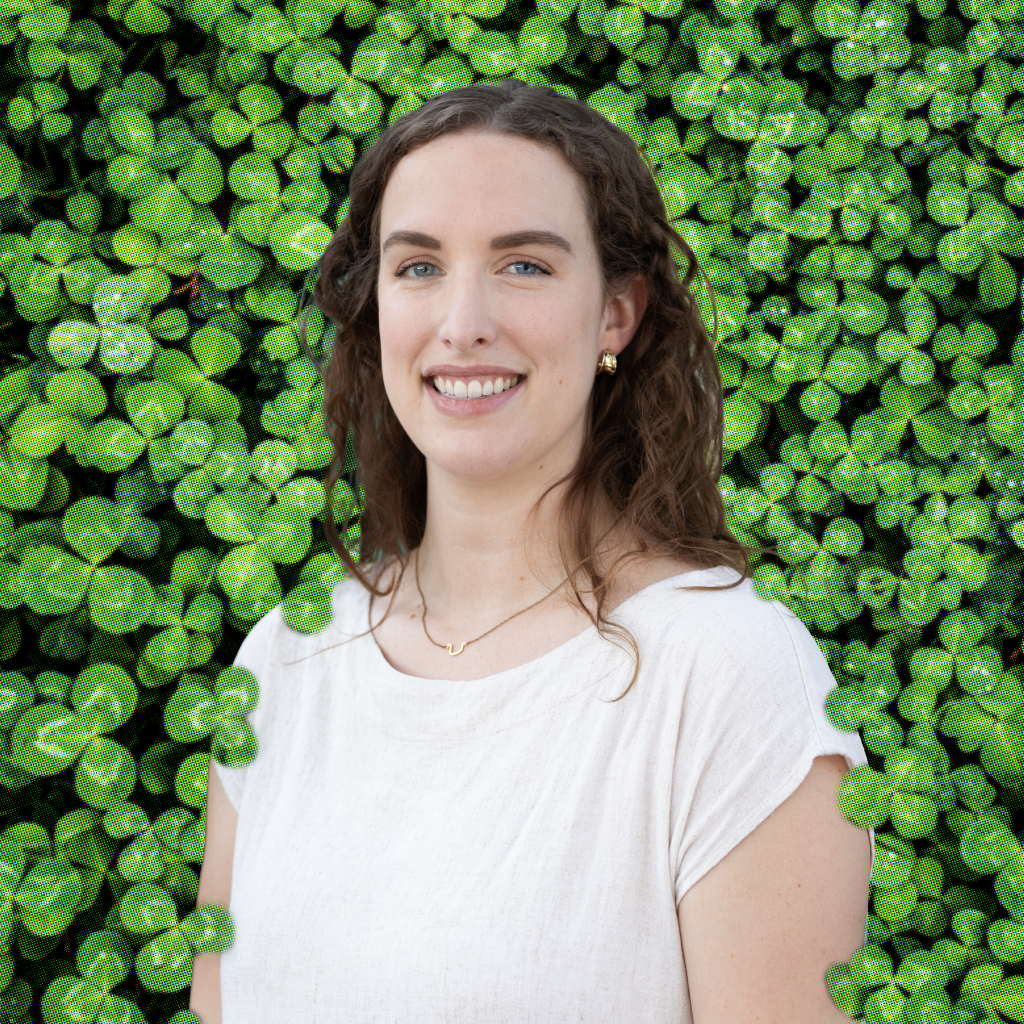Christi Gendron, PhD | Neurobiologist & Aging Researcher
Take Action:
1) Make a financial contribution to the Alliance for Aging Research,, a 4-star charity and leading non-profit organization that advocates for aging individuals, provides knowledgeable information about aging, and supports aging research in an effort to create a culture around aging that promotes independence, dignity, and equity.
2) Explore the World Health Organization (WHO) portal, The Decade of Aging to discover ways that you can get involved.

Dr. Christi Gendron is a molecular biologist researching how sensory events shape our health and lifespan. She holds a PhD from Imperial College London and is a Research Assistant Professor at the University of Michigan. Her work has been supported by the National Institutes of Health, the Animal Models for the Social Dimensions of Health and Aging Research Network, and the Glenn Foundation for Medical Research. In addition to her academic publications in top scientific journals, Christi has written for The Conversation and has been a speaker at many international conferences. Her work has been covered by The New York Times, BBC, National Geographic, The Guardian, and the New Scientist among others.





